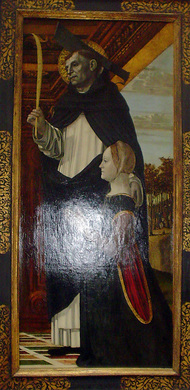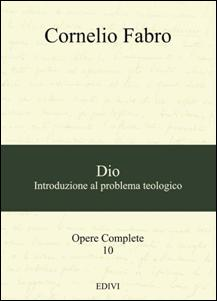 Life can be full of coincidences. A couple weeks back, just in time for Palm Sunday, I scooted out of Milwaukee to Paris to work at the Bibliothèque nationale de France (BnF), trying to make some headway on my Paul of Hungary, OP, project (I’ll post more about that on my personal blog soon). It was a wonderful and intense five days.
Life can be full of coincidences. A couple weeks back, just in time for Palm Sunday, I scooted out of Milwaukee to Paris to work at the Bibliothèque nationale de France (BnF), trying to make some headway on my Paul of Hungary, OP, project (I’ll post more about that on my personal blog soon). It was a wonderful and intense five days.
My daily trip to the BnF took me from the Dominican convent at St. Jacques (home to the Saulchoir and the Leonine Commission) through the Ile de la Cité, along the Louvre, and then up to the old BnF (58, rue de Richelieu). Most afternoons I hiked back down to Notre Dame for a visit, and then caught the bus back to the convent. On Palm Sunday I was an outright tourist, and went to Sainte-Chapelle, and over to the Louvre—which I hadn’t gone to since the late-1970’s. Inside, among the many, many precious and informative objects, I came across a painting of St. Peter Martyr, OP, which I promptly snapped.
Today I was finally organizing the pictures I took while at Paris when it struck me: today is the day in the liturgical calendar when St. Peter of Verona suffered martyrdom (the Saturday following Easter, in the year 1252). I know this because of my reading of Donald Prudlo’s The Martyred Inquisitor: The Life and Cult of Peter of Verona (†1252) (Aldershot: Ashgate Publishing, 2007) (link), which presents the first full modern biography of Peter’s life, death, and cult. If you’ve seen pictures of key Dominicans in European painting, you’ve seen pictures of Peter (usually with a split, bleeding head—he was killed by blows to the head with a farmer’s tool). Peter was the Dominican Order’s first martyr, his cult was encouraged throughout the Order, and Thomas Aquinas would surely have known about, and participated, in his cult.
The Ashgate website has a few PDF files you can download, key among which is Prudlo’s helpful Introduction to the work.







